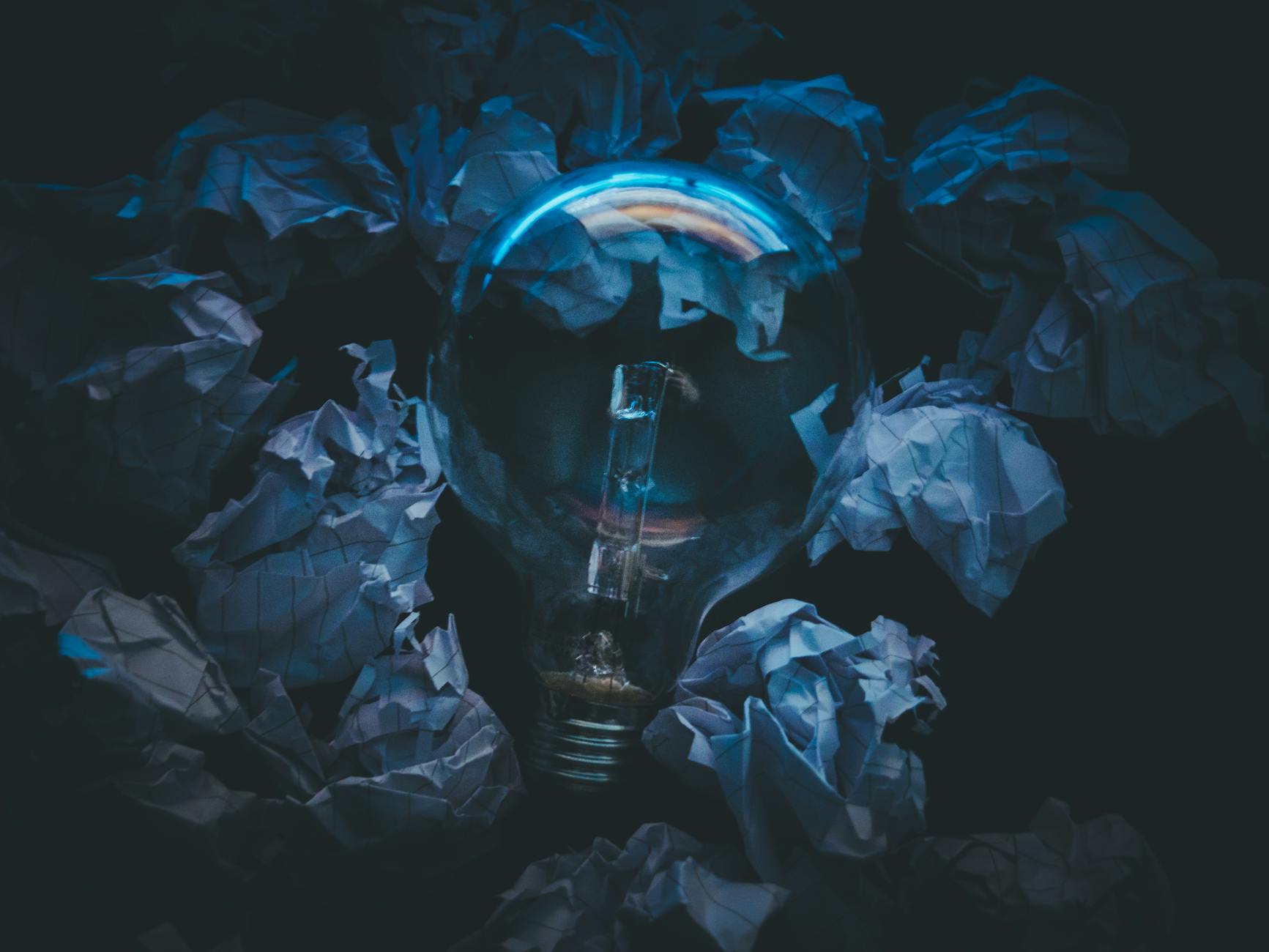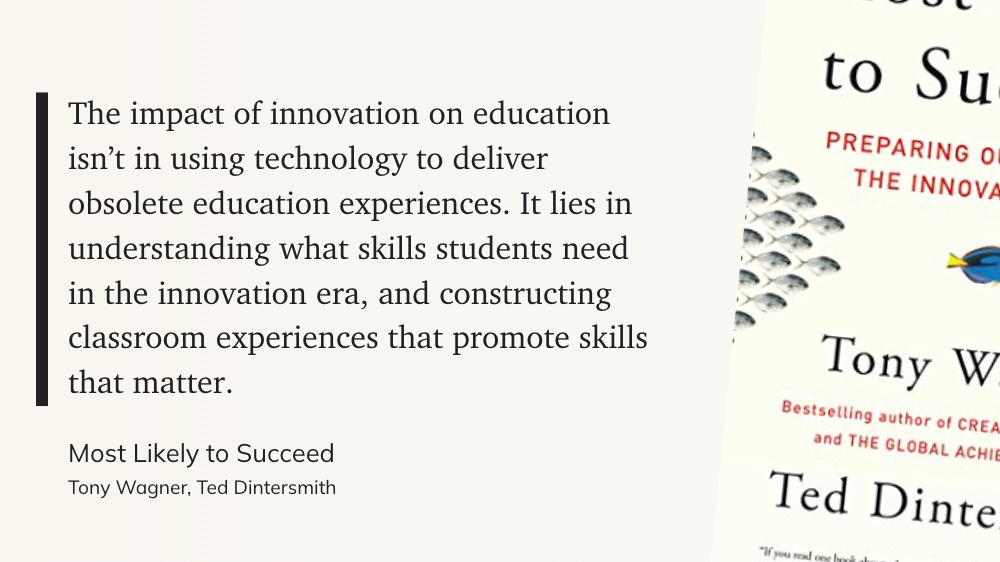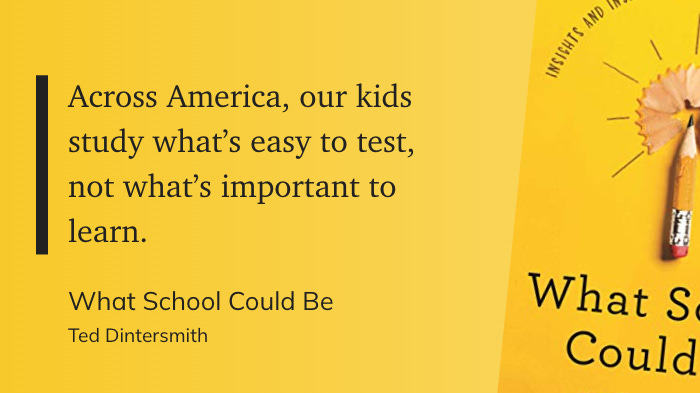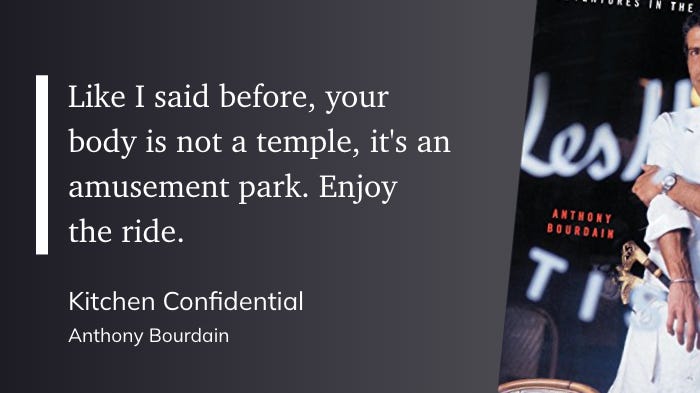
Let’s face it — some dads don’t want ties or mugs. They want toys with microchips, glowing LEDs, and more ports than a space station.
If your dad is the kind who insists on explaining the difference between USB-C and Thunderbolt (and why it matters), this is the list for you.
These gifts hit the sweet spot between practical and just plain cool — ideal for Father’s Day, birthdays, or whenever you want to reward the man who upgraded the Wi-Fi and taught you how to use Ctrl+Z.
1. Anker Prime Power Bank (20,000 mAh, 200W Fast Charging)
For the dad who never wants to see 1% battery again
This isn’t just a power bank — it’s a portable power arsenal. Whether he’s juggling devices on a road trip or keeping the family gadgets alive during a power outage, this compact beast delivers serious juice.
With 87W of output shared across three devices, it can simultaneously fast-charge an iPhone, a Samsung Galaxy, and even a MacBook. One device can get up to 65W on its own, which is enough to take a 14″ MacBook Pro to 50% in under 40 minutes. And thanks to the built-in USB-C cable (which is rugged enough to survive 10,000+ bends), he won’t have to go digging through his bag for cords.
Need to top it off quickly? A 65W charger will fully refuel the power bank in just 90 minutes. And with a 20,000mAh battery, he can stay unplugged and productive for hours — all while meeting airline travel requirements.
Specs at a glance:
- Built-in USB-C cable that charges iPhone 15 Pro to 58% in 30 mins
- MacBook Air hits 52% in the same time
- 20,000mAh capacity for all-day power
- Airline-approved for travel
- Comes with an 18-month warranty and stellar customer support
If your dad is the kind of guy who’d rather run out of gas than battery, this is the upgrade he didn’t know he needed.
- 87W Power to Share: Distribute 87W across three devices, with a single device receiving up to 65W, to rapidly charge iPhones, Samsung phones. Quickly charge a 14″ MacBook Pro to 50% in under 40 minutes.
- Speedy Cable Charging: Utilize the built-in cable to elevate your iPhone 15 Pro to 58% or a MacBook Air to 52% in 30 minutes. You can also fully recharge this power bank in 1.5 hours with a 65W charger.
- 20,000mAh for Extended Use: Eliminate concerns about battery depletion with a 20,000mAh power bank that ensures consistent, reliable charging for all your devices, also approved for airline travel.
- Lasts Longer, Charges Faster: The integrated USB-C cable is designed to endure, withstanding over 10,000 bends for dependable charging and convenient storage.
- What You Get: Anker Power Bank (20K, 87W, Built-In USB-C Cable), welcome guide, 18-month warranty, our friendly customer service.
2. Ember Temperature Control Smart Mug 2
Because lukewarm coffee is a crime
If your dad is the type who microwaves his coffee three times before finishing it, this one’s a game-changer.
The Ember Mug 2 keeps drinks at the perfect temperature — not just warm, but just right between 120°F and 145°F. It holds heat for up to 80 minutes on its own, or all day when placed on its sleek charging coaster. Whether he’s deep in grading, coding, or falling down a Wikipedia rabbit hole, his coffee or tea will be ready when he is.
What makes this mug especially “dad tech” is the way it balances smart features with everyday ease. He can connect it to the Ember app to set precise temperatures and receive alerts when it hits his preferred level of hotness (135°F is the default if he goes app-free). The mug remembers his last setting too, so once it’s dialed in, it’s hands-off.
With auto-sleep and motion sensors, it wakes up when hot liquid is poured and powers down when not in use. The built-in LED even lets him know when it’s go-time with a glowing temperature-ready signal.
And while it’s techy, it’s still practical — hand-wash safe, scratch-resistant, and water-resistant up to 1 meter (just don’t put it in the dishwasher unless you want to ruin his new favorite gadget).
Why it’s perfect:
- Keeps drinks hot for 80 minutes (or all day with the coaster)
- App-connected for temperature control and alerts
- Auto-sensing sleep/wake features
- LED light shows when your drink is just right
- Durable, hand-wash safe, and scratch-resistant
Perfect for the desk, the workshop, or the reading nook — and way more thoughtful than another novelty mug.
- Perfect Temperature Everytime: Ember Mug 2 offers up to 80 minutes of heat (120°F to 145°F) or all-day warmth on its charging coaster. Ideal for keeping drinks at the perfect temperature, perfect for desk use or as a thoughtful gift.
- Smart or Standalone: Use the Ember app to set precise temperatures and get notifications. Without the app, the mug defaults to 135°F and remembers the last setting for a consistent experience.
- Auto Sleep & Sensors: The mug wakes up when hot liquid is poured and goes to sleep based on motion detection. Features like auto sleep and memory ensure your drink is always at the right temperature.
- Hand Wash Safe: Ember Mug 2 is hand wash only with a scratch-resistant coating. Fully submersible up to 1 meter, it’s easy to clean and perfect for any hot drink. Do not place in the dishwasher.
- Smart LED Indicator: The LED lights up to show when your drink is at the perfect temperature, making it easy to know when your beverage is ready.
3. Meta Quest 3 (128GB)
VR for gaming, fitness, or pretending he’s on the Holodeck
Some dads want socks. Others want to be Batman.
Enter the Meta Quest 3 — the next-gen virtual and mixed reality headset that transforms your living room into whatever world he wants it to be. Whether he’s solving mysteries in Gotham (Batman: Arkham Shadow included with purchase), watching concerts with friends in Meta Horizon, or just kicking back with YouTube on a floating digital screen, this is the ultimate immersive experience.
The Quest 3 isn’t just about play — though there’s plenty of that. It’s built for multitasking, with the ability to pull up multiple screens to browse the web, watch videos, and chat with friends while still being able to see the real world around him. That’s right: mixed reality blends digital objects into his actual space, so he can go from fighting ghosts to answering messages without removing the headset.
Streaming shows? It turns any room into a personal theater with a giant screen, customizable surroundings, and compatibility with USB-C and standard headphones (just bring an adapter). Want to work out without judgment? He can bust a sweat boxing, dancing, or dodging digital projectiles — no gym membership required.
Under the hood:
- 2X the GPU power of the Quest 2 thanks to the Snapdragon XR2 Gen 2
- Precision hand tracking or enhanced Touch Plus Controllers
- Access to apps like WhatsApp, Instagram, and Messenger right inside the headset
- Wireless freedom and a lightweight build for comfort during extended use
- Family-friendly with parental controls, usage tracking, and multi-user support (great if you also want to play)
Whether he’s chasing high scores, high reps, or high drama, the Quest 3 lets him do it all in a completely reimagined space.
- Enjoy the ultimate way to experience everything you love. Now you can get Batman: Arkham Shadow and a 3-month trial of Meta Horizon+ included** when you buy a Meta Quest 3 512GB.*
- This is the ultimate mixed reality device with Infinite Display for the widest and most expansive field of view of any Quest, 4K resolution*, premium comfort, and the most storage. *Two displays (2064×2208 resolution per eye) combined with Meta’s Infinite Display optical stack.
- Enjoy life-like games and detailed scenery that makes visuals so real you’ll want to reach out and touch the world around you. With 2X the graphics performance of Quest 2**, even complex games play smoother with crisper details. **Based on the graphic performance of the Qualcomm Snapdragon XR2 Gen 2 platform vs the Meta Quest 2 platform.
- Unlock new ways to work, play, relax and connect with mixed reality, where you can blend digital objects into your physical space. Turn anywhere into the ultimate personal theater, create a home gym in your living room or get immersed in out-of-this-world games.
- Put on your Quest to watch shows and movies play on a giant vibrant screen, anywhere you want—whether you’re at home or on a plane.
4. Bird Buddy PRO Solar Smart Bird Feeder with Camera
The ultimate upgrade for dads who birdwatch with binoculars in one hand and a smartphone in the other
Move over squirrel-cams, the Bird Buddy is here — and it’s not your average backyard bird feeder. This AI-powered feeder is perfect for the dad who loves nature and data. It doesn’t just attract feathered friends; it identifies them, logs them, and sends real-time alerts the moment a new visitor drops by for a snack.
The Bird Buddy’s app uses artificial intelligence to recognize bird species, track visits from individual birds, and even detect signs of illness — yes, we’re officially living in the future. Bonus: it can also ID other animal visitors (looking at you, raccoons). The optional premium subscription lets your dad organize a digital scrapbook of his backyard wildlife and share sightings with friends or family. Think Pokémon Snap, but for birders.
With a 5MP camera and 2K video resolution, this feeder captures stunning close-ups of birds in motion, including slow-mo action shots and gorgeous HDR contrasts. It even has a wide-angle lens to make sure no fluff or feathers go undocumented.
Why it’s smart (literally):
- AI identifies birds (and other critters) by species
- 2K video, HDR, and slow-motion features
- Real-time app alerts and educational facts
- Privacy-first design: focused only on the feeder, not the yard
- Simple setup: app-guided positioning and Wi-Fi pairing
- Multiple mounting options: hang it from a branch or mount it to a pole (hanger included, pole not)
If your dad is the kind of guy who narrates backyard bird drama like it’s a nature documentary, this feeder gives him the high-def visuals and intelligent insights to take it to the next level.
- AI-POWERED BIRDWATCHING APP: The Bird Buddy app uses AI to identify bird species and individual birds, detect signs of illness, and recognize other animal visitors. Get real-time alerts when birds visit your bird feeder and learn interesting facts about all your local birds. Enhance your experience with our Premium Subscription to easily organize photo collections and share your bird photos with friends & family.
- ADVANCED HD+ BIRD FEEDER CAMERA: The 2x larger sensor supports HDR for stunning contrasts and vibrant colors in 5MP photos and 2K video resolution. Unlock extra features and capture slow-motion videos of birds in flight, or enjoy a wider field of view.
- PRIVACY-FOCUSED DESIGN: Your Bird Buddy Smart Bird Feeder respects your privacy. The camera is designed to capture images and videos of birds at the bird feeder, not the surrounding area. You have full control over your data and sharing in the app.
- EASY SETUP & VARIOUS MOUNTING OPTIONS: 1) Download the Bird Buddy app and create an account. 2) Charge the camera. 3) Pair via Bluetooth and connect to 2.4 GHz Wi-Fi. 4) Choose the ideal spot with app guidance. 5) Mount on a pole (not included) or hang from a branch (hanger included). 6) Add birdseed. 7) Test the livestream or wait for birds!
5. Twelve South HoverBar Duo 2
For the multitasking dad who wants his iPad to work as hard as he does
Whether he’s watching YouTube tutorials in the kitchen, catching up on email from bed, or using his iPad as a second screen during work meetings, the HoverBar Duo 2 is the flexible, no-fuss tool every tech-loving dad didn’t know he needed.
This stand does it all. It comes with both a weighted desktop base and a shelf clamp, making it wildly versatile — desk setup, kitchen counter, nightstand, workshop bench — wherever he roams, the HoverBar follows. The quick-release clip makes switching between mounting styles refreshingly painless.
The arm is fully adjustable, capable of positioning the iPad up to two feet in the air or tucked low against the base. Combine that with universal compatibility for all iPad models (yes, even the Pro in its chunky case), and you’ve got a true chameleon of tablet stands.
And let’s talk productivity. This isn’t just a glorified iPad holder — it’s a full-blown station upgrade. With iPadOS now supporting Stage Manager, Universal Control, SideCar, and CenterStage, your dad can turn his iPad into a Mac companion, a presentation tool, or the ultimate eye-level video conferencing rig that keeps him centered in the frame — no awkward chin angles here.
Why it stands out (pun intended):
- Includes desktop base and shelf clamp for flexible setup
- Height- and angle-adjustable arm puts your iPad right where you need it
- Quick-release clip makes setup easy and fast
- Works with all iPad models and most cases
- Great for dual-screen setups with Mac, or for hands-free use anywhere in the house
- Optimized for iPad features like CenterStage, SideCar, and Universal Control
If your dad likes his tech practical, modular, and effortlessly cool, this stand delivers on all fronts.
- Versatile Usage – Includes both a weighted desktop stand and a shelf clamp for maximum flexibility, allowing you to use your iPad or tablet in various settings such as at your desk, in your kitchen, in bed, or even as a second screen.
- Fully Adjustable – The stand can hold your iPad up to two feet in the air or all the way down to the base, providing a fully adjustable viewing angle for optimal comfort during use.
- Quick-Release Clip – Easily switch between the desktop stand and shelf clamp in a matter of seconds with the innovative quick-release clip, ensuring a hassle-free setup.
- Universal Compatibility – Designed to fit all iPad models and sizes, even with most cases attached, including iPad Mini, iPad Pro and iPad Air, making it a perfect fit for any iPad user.
- Enhanced Productivity – Transform your iPad into a desktop workstation by pairing it with an external keyboard and trackpad/mouse, ideal for hands-free video calls, Mac Sidecar, and more.
6. Logitech MX Master 3S Mouse
For the dad who believes “ergonomic” is a lifestyle and “multi-screening” is a sport
Some dads collect remote controls. Others master the art of seamlessly working across two computers, a tablet, and their phone, without breaking a sweat. If that sounds like your dad, the MX Master 3S from Logitech is the mouse he deserves.
This isn’t your average point-and-click. With FLOW cross-computer control, your dad can move his cursor between multiple screens (yes, even between Mac and Windows) and drag and drop files like it’s magic. It’s like copy/paste leveled up.
The clicks? Still satisfyingly tactile — just 90% quieter, thanks to Logitech’s new Quiet Clicks tech. So if he’s an early riser or a late-night tinkerer, he won’t disturb the rest of the house while organizing his files or editing photos.
The sensor tracks on virtually any surface — even glass — and the upgraded 8,000 DPI precision means his movements are lightning accurate, whether he’s on a workbench, couch cushion, or the sleek glass desk he swears makes him more productive.
Plus, with the Logi Options+ app, he can customize buttons, create app-specific profiles, and even enable AI Prompt Builder, a new feature designed to optimize prompts across generative AI tools. Yes, we’ve reached that level of geekery.
Why it’s a no-brainer:
- Works across multiple computers and OSes with FLOW
- 8K DPI sensor tracks on any surface — even glass
- Customizable buttons for different apps/workflows
- New Quiet Clicks tech = nearly silent operation
- Compatible with Logi AI Prompt Builder via the Options+ app
- Ergonomically designed for comfort during marathon work sessions
If your dad lives in spreadsheets by day and edits drone footage by night, this mouse is his secret weapon.
- Install free Logi Options+ App to enable Logi AI Prompt Builder for your Logitech wireless mouse and keyboard setups
- Customize buttons and optimize your workflow with App specific profiles in the improved Logi Options+ for your logitech mouse wireless setup
- FLOW cross-computer control: Work seamlessly on multiple computers or laptops with this wireless mouse for laptop, and transfer text, images, and files – between Windows & macOS
- Introducing quiet clicks: MX Master 3S logitech mouse bluetooth introduces Quiet Clicks – offering the same satisfying feel with 90% less click noise. Suitable for those seeking a quiet mouse wireless option
- Any-surface tracking – now 8K DPI: Use MX Master 3S logitech mouse mx master 3s to work on any surface – even glass – with the upgraded 8000 DPI sensor with customizable sensitivity.
7. Raspberry Pi 5 Starter Kit (CanaKit Edition)
For the dad who thinks a fun weekend involves Linux, soldering, and blinking LEDs
Let’s be clear: this isn’t just a gift — it’s a gateway. The Raspberry Pi 5 Starter Kit is perfect for the dad who’s always wanted to build his own server, smart mirror, retro gaming console, or weather station… but just needed the right excuse (and parts) to get started.
This kit is as plug-and-play as Pi projects get. It includes the powerful Raspberry Pi 5 board with a 2.4GHz 64-bit quad-core CPU and a whopping 8GB of RAM, giving him the horsepower to run advanced operating systems, compile code, or spin up containers like a pro. The included 128GB EVO+ microSD card is preloaded with Raspberry Pi OS, so he can boot it up and dive in without downloading a thing.
And this isn’t some bare-board, duct-tape-together setup — the CanaKit Turbine Black Case is sleek and functional, equipped with a low-noise fan and mega heat sink to keep things cool during intense tinkering sessions. Add in a 45W PD power supply and not one but two 6-foot 4K 60p display cables, and your dad will be dual-monitoring his custom Pi dashboard in no time.
What’s in the box:
- Raspberry Pi 5 with 8GB RAM and quad-core CPU
- Preloaded 128GB microSD card + USB reader
- CanaKit Turbine Case + ultra-quiet fan + massive heat sink
- CanaKit 45W USB-C PD power supply
- 2x HDMI display cables (supports dual 4K@60Hz)
This is a dream kit for dads who love building things from scratch — whether it’s for fun, for the challenge, or for turning your smart home into a genius home.
- Includes Raspberry Pi 5 with 2.4Ghz 64-bit quad-core CPU (4GB RAM)
- Includes 128GB EVO+ Micro SD Card pre-loaded with 64-bit Raspberry Pi OS, USB MicroSD Card Reader
- CanaKit Turbine Black Case for the Raspberry Pi 5
- CanaKit Low Noise Bearing System Fan
- CanaKit Mega Heat Sink – Black Anodized
Bonus Picks (Because tech dads deserve options)
- Tile or Apple AirTags – for the dad always asking, “Have you seen my keys?”
- Lume Cube Edge Desk Light – elevates his WFH game without hurting his eyes
- Kasa Smart Plugs – turn his house into a voice-controlled fortress
- 【Removable Wooden Handle】Our grill baskets feature removable beech wood handles that are not only visually appealing but also offer excellent grip and superior heat insulation. The handles are secured to the grill baskets with threaded connections, and the attachment points are specially reinforced to ensure stability and reliability.
- 【Innovative Nesting Design】To make carrying on the go or storage at home more convenient, our grill baskets feature an innovative nesting design. When not in use, you can place the removable handles and accessories into the smaller basket, then tuck the smaller basket into the larger one. This saves valuable space in your bag, car trunk, or kitchen cabinet, making our grill baskets especially ideal for outdoor gatherings or camping trips.
- 【304 Stainless Steel】Apart from the wooden handles, our grill baskets are made entirely of food-grade 304 stainless steel. The gauge of the wire mesh and the thickness of the front and back cover plates far exceed those of standard products, and these components all receive a mirror polish finish. We strive to make our products as durable and easy to clean as possible, delivering the best user experience. Most importantly, we’re dedicated to safeguarding the health and safety of you, your friends, and your family.
- 【BBQ Must-Have】Whether it’s a family gathering in the backyard or a camping adventure with friends, our grill baskets are the grilling partners you can’t do without. These grill baskets let you easily whip up everything from fresh veggies to small seafood like shrimp and juicy chunks of meat. The clever design and excellent craftsmanship not only make grilling simple but also turn it into a pleasure. Show your friends and family the flair of a grill master!
- 【Ideal BBQ Gift】Crafted with exceptional design and quality, our grill basket set also boasts stunning packaging. It’s our wish that it’s not only seen as a useful BBQ tool but also brings a smile to users right from the get-go. Whether it’s for a friend, your significant other, or your dad who’s a BBQ enthusiast, this considerate and handy gift is bound to be a hit.
- Mason, Jeffrey (Author)
- English (Publication Language)
- 110 Pages – 05/27/2019 (Publication Date) – Independently published (Publisher)
- [Cool down quickly]-Personal fan with 72 wind outlets and 60pcs twin-turbine fan blades,there are air outlets on both sides and at the rear, which can achieve a 360° omnidirectional air outlet and cooling. Neck fan has three speeds to meet different needs.
- [Lighter and more convenient]-The hanging neck fan after upgrading and improvement, his weight is only 8.8 ounces. The lighter weight makes it easier for you to use it for a long time without fatigue. Cooling hanging fan frees his hands and will not affect you to do anything.
- [Ultra-quiet and comfort]-The noise hands Free Bladeless Fan produces when it works is less than 20 decibels, and it is quiet enough that it will not interfere with you. Personal neck fan is made of food-grade TPE material that is better than ABS, and it is made of better material, which is more comfortable, durable and safe to wear.
- [3-24 RUNNING HRS]-4000mAh large capacity batteries provide 3-24 working hours duration (depend on different speeds). Adjust appropriate fan speed by pressing the power button repeatedly.
- [Ideal gift]-Personal neck fan is suitable for men and women of all ages. It can be used by the elderly, young people or children. It is suitable for various scenes such as work, office, home, school, kitchen, life, sports, travel, etc. It is an ideal gift.
Wrap-Up: Make It Personal
No matter how shiny the gadget, the best gift is one that shows you get him. Pair one of these with a handwritten note, a memory of him fixing your broken phone (again), or a digital playlist of the best dad jams, and you’re golden.
Happy Father’s Day to the dads who read instruction manuals for fun.
—Mike





















![Google Workspace Guide: Unlock Every Google App – Elevate Efficiency with Exclusive Tips, Time-Savers & Step-by-Step Screenshots for Quick Mastery [II EDITION]](https://m.media-amazon.com/images/I/4175iwxOw7L._SL160_.jpg)













